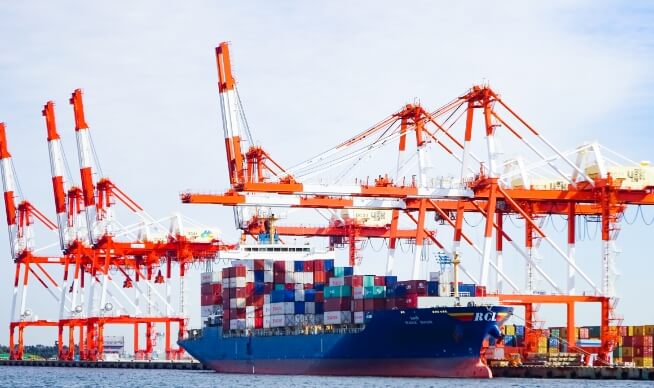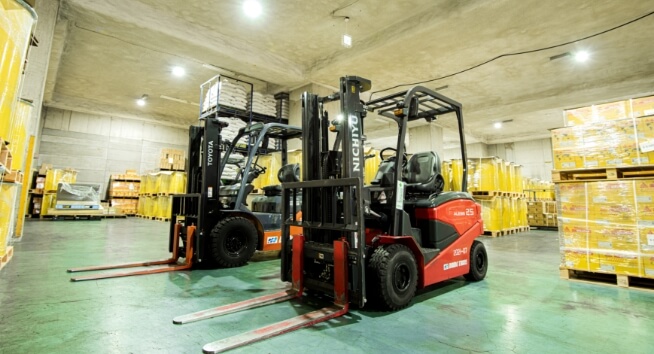What is “Green Management Certification”?
Green Management Certification is a certification system for transportation companies that are implementing environmental conservation initiatives. The Ecological and Mobility Foundation serves as the reviewing agency and conducts evaluations and certifications for companies that are implementing a certain level of environmental measures based on the Green Management Promotion Manual. Through this certification, the environmental improvement efforts of certified companies can be objectively demonstrated. We have obtained Green Management Certification at all of our business locations and are actively promoting initiatives to address global environmental issues.
How to obtain Green Management Certification
The truck division is evaluated based on the following assessment items:
① Establishment of systems and framework for environmental preservation
② Implementation of eco-driving
③ Introduction of low-emission vehicles
④ Inspection and maintenance of vehicles
⑤ Reduction of waste and promotion of appropriate disposal and recycling of scrapped vehicles
⑥ Environmental conservation in the management department (office)
If all six items are evaluated as appropriate, the company can obtain the Green Management Certification.















